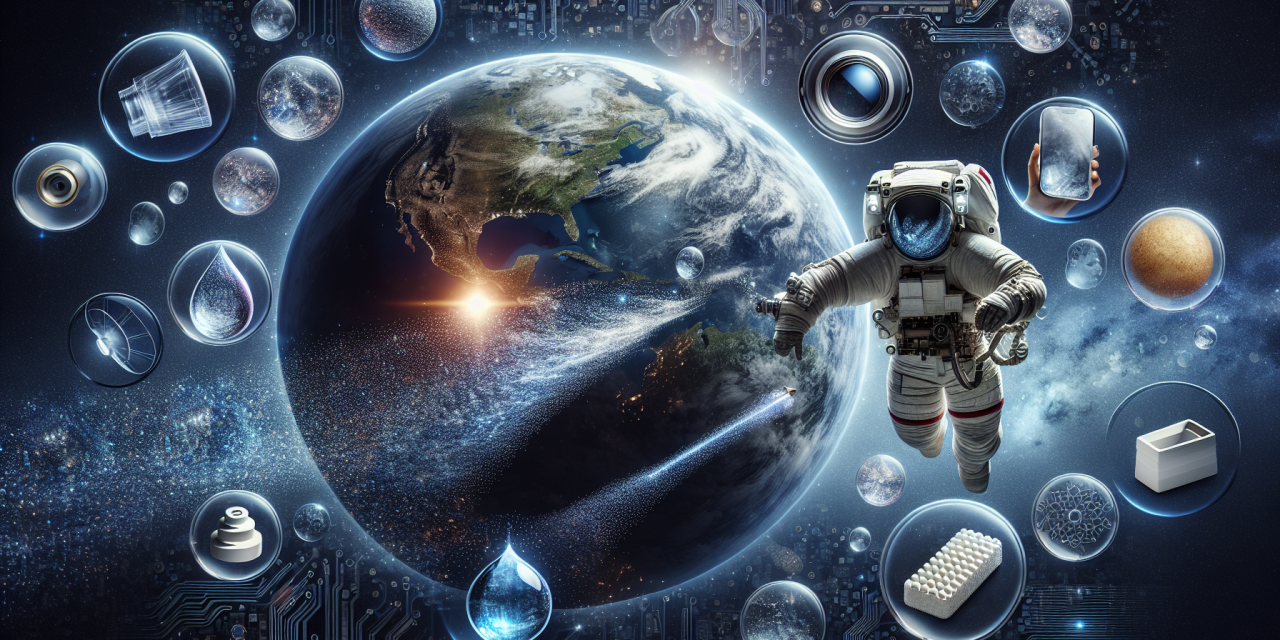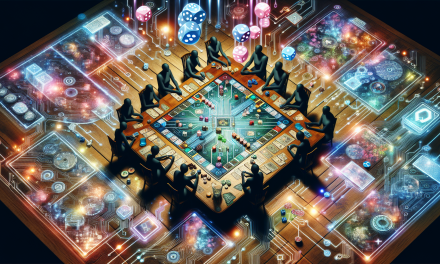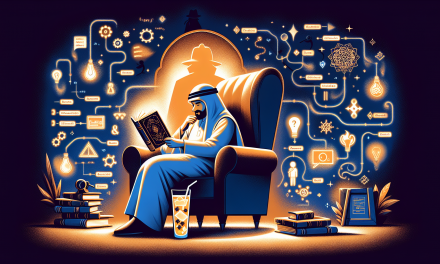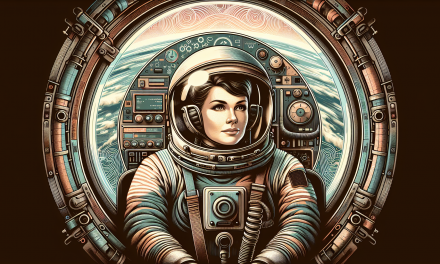What if the most revolutionary inventions weren’t born in traditional laboratories, but in the vacuum of space? When NASA engineers face the ultimate problem-solving challenge—keeping humans alive and missions running 250 miles above Earth—they create solutions that often find their way back down to improve our daily lives in the most unexpected ways.
From the mattress you sleep on to the camera in your smartphone, countless innovations we take for granted started as attempts to solve the unique puzzles of space exploration. This isn’t just about cool gadgets finding new homes—it’s about how curiosity-driven research and creative problem-solving can ripple outward to benefit everyone.
When Memory Foam Came Down to Earth
Picture this scenario: you’re an astronaut strapped into a spacecraft during launch, experiencing forces three times stronger than Earth’s gravity. Your seat needs to distribute that crushing pressure evenly across your body to prevent injury. NASA’s solution in the 1960s was a special foam that could absorb impact and then slowly return to its original shape—what we now call memory foam.
The ingenious material worked by responding to heat and pressure, molding to the exact shape of whatever pressed against it. But here’s where space tech gets interesting: this foam didn’t stay in space for long. By the 1980s, mattress companies discovered that the same properties that protected astronauts could give earthbound sleepers the most comfortable night’s rest they’d ever experienced.
Think about it like a problem-solving algorithm. NASA’s original problem was “How do we protect astronauts from extreme forces?” Their solution created a new problem for entrepreneurs: “How do we adapt this amazing material for everyday use?” This kind of creative repurposing happens when you approach challenges with what we might call “coder’s curiosity”—always asking “What else could this solve?”
Crystal Clear Solutions: Space Water Meets Earth’s Needs
Water purification in space presents a fascinating puzzle. Astronauts can’t exactly install a traditional water filtration system on the International Space Station, and every drop of water is precious beyond measure. NASA needed a solution that was lightweight, reliable, and could eliminate harmful bacteria without using chemicals that might be dangerous in a closed environment.
Their answer came in the form of silver ion purification technology. Unlike chlorine-based systems, this approach releases silver ions that naturally destroy bacteria and viruses while remaining safe for human consumption. It’s like having a microscopic security system that identifies and neutralizes threats without affecting anything else.
This space-born technology now purifies water in swimming pools, hospitals, and home filtration systems around the world. Olympic-sized swimming pools use NASA’s silver ion technology to stay clean without the harsh chemical smell we associate with traditional pools. The same innovation keeping astronauts healthy is making water safer for communities dealing with contamination issues.
Tiny Cameras, Giant Leaps
The camera sensor in your smartphone traces its lineage directly back to NASA’s need to miniaturize imaging technology for space missions. In the early 1990s, NASA’s Jet Propulsion Laboratory needed cameras small and light enough to travel to Mars, yet powerful enough to capture detailed images of the Red Planet’s surface.
Their solution was the Complementary Metal-Oxide-Semiconductor (CMOS) sensor—try saying that three times fast! This technology could capture high-quality images while using minimal power, crucial when your energy source is solar panels millions of miles from the Sun.
Here’s where the ripple effect gets really exciting: these miniaturized cameras didn’t just enable Mars exploration. They made possible the entire smartphone revolution. That ability to FaceTime with grandparents, capture perfect sunset photos, and scan QR codes exists because NASA engineers needed to solve the problem of interplanetary photography.
It’s like a coding loop where innovation creates new possibilities: better cameras enable better space exploration, which drives demand for even better cameras, which leads to innovations we never imagined. Your latest Instagram post is connected to humanity’s quest to explore other worlds!
Invisible Safety Nets
Sometimes the most important space spinoffs are the ones we never notice. Take insulation technology, for example. Spacecraft face temperature swings from minus 250 degrees Fahrenheit in Earth’s shadow to plus 250 degrees in direct sunlight. NASA developed incredibly thin, reflective materials that could regulate these extreme temperatures.
These same materials now line the walls of homes, reflect heat away from race car drivers, and keep emergency blankets impossibly lightweight yet effective. Marathon runners wrap themselves in space blankets at the finish line, firefighters wear gear lined with NASA-developed materials, and your attic insulation might trace its design back to the Apollo program.
The pattern here resembles what programmers call “elegant solutions”—technologies that solve multiple problems with minimal complexity. NASA’s thermal regulation challenges led to materials that now protect people in dozens of different scenarios, from medical emergencies to energy-efficient building design.
The Algorithm of Accidental Innovation
What makes space technology so uniquely valuable isn’t just that it solves hard problems—it’s how it solves them. Space missions operate under extreme constraints: weight limitations, power restrictions, radiation exposure, and the impossibility of repair or replacement once launched. These constraints force engineers to think creatively, leading to solutions that are often more efficient, durable, or versatile than conventional approaches.
This creates what we might call an “innovation algorithm”: extreme constraints plus creative problem-solving equals breakthrough solutions with unexpected applications. It’s the same kind of thinking that drives great programmers to write elegant code—finding simple solutions to complex challenges.
From GPS navigation (originally developed for military satellite positioning) to cochlear implants (which use signal processing techniques developed for space communications), our daily lives are quietly enhanced by technologies born from humanity’s boldest adventures.
Tomorrow’s Spinoffs Are Being Born Today
Right now, NASA engineers are developing new technologies for missions to Mars, the Moon, and beyond. They’re working on advanced life support systems, more efficient solar panels, and revolutionary materials that can self-repair in harsh environments. Based on history, many of these innovations will eventually find their way into our everyday lives in ways we can’t yet imagine.
The lesson here isn’t just about space technology—it’s about the unexpected value of curiosity-driven research. When we give smart people hard problems and the freedom to explore creative solutions, innovation follows paths we never could have predicted. The smartphone you’re perhaps reading this on, the comfortable mattress you’ll sleep on tonight, and the clean water you’ll drink tomorrow all exist because someone once wondered, “How do we keep humans alive in space?”
Sometimes the most practical solutions come from the most impractical dreams. And sometimes the best way to improve life on Earth is to imagine what it would take to live among the stars.
NASA Inventions That Changed Our World
The scope of NASA’s impact on everyday life extends far beyond memory foam and cameras. Here are some key innovations that trace their origins directly to space exploration:
Materials & Safety:
- Velcro – Originally used to secure equipment in zero gravity
- Cordless tools – Developed for lunar missions and space station repairs
- Smoke detectors – Advanced detection systems from spacecraft fire safety protocols
- Fire-resistant materials – Protective fabrics for astronaut suits now used in firefighting gear
- Scratch-resistant lenses – Space helmet technology transferred to eyeglasses and sunglasses
Healthcare & Medical Technology:
- CAT scanners – Digital image processing techniques from space photography
- LED therapy – Light therapy for wound healing developed for plant growth experiments
- Insulin pumps – Miniaturized monitoring systems from life support technology
- Cochlear implants – Signal processing advances from space communication systems
- Memory foam mattresses – Pressure-relieving materials from launch seat cushioning
Communication & Computing:
- Miniature cameras – CMOS sensors that enabled smartphone photography
- Wireless headsets – Communication technology from mission control systems
- GPS navigation – Satellite positioning originally for military and space applications
- Computer microprocessors – Miniaturization driven by weight constraints in spacecraft
- Freeze-dried food – Long-term food preservation techniques for extended missions
Home & Environment:
- Temperature-regulating fabrics – Phase-change materials from space suit technology
- Water purification systems – Silver ion technology for safe drinking water in space
- Insulation materials – Thermal regulation technology from spacecraft heat shields
- Solar panels – Photovoltaic cells improved for satellite power generation
- Air purification – Filtration systems designed for closed-loop life support
Further Reading & Resources
Explore these authoritative sources to learn more about NASA’s impact on everyday technology:








